This private home features 1,052 square feet of living space and is located in the countryside south of Eelde in the Netherlands.








To see more goto:
http://www.homedsgn.com/2012/06/19/barn-house-eelde-by-kwint-architects/eelde-11/
Welcome to the Y.our E.nvironment O.f the W.eek! We’re sharing inspiring and influential project solutions to increase the presence of design in our practice as we have the responsibility of shaping environments in the world for ourselves and the future.









What happens when humans treat themselves like dairy products chilled behind glass?More in TreeHugger
Civilization declines.


Before air conditioning, in a bygone and surely less comfortable era, people employed all sorts of strategies for keeping cool in the heat. Houses were designed with airflow in mind -- more windows, higher ceilings..... In addition, many homes had porches where families could spend a hot day, and also sleeping porches with beds where they could ride out a hot night. Many home designs took passive solar design principles into account, even if they didn't name them as such.More in TreeHugger

We should consider also the insidious effect of central air- how it enables the development of parts of the country previously uninhabitable and which would still be but for the constant cooling, and how it is destroying the street culture of areas already established. How we are sacrificing neighbourhood and community by forcing our immediate personal climate to adapt to us instead of us adapting to it.More in TreeHugger


Cupolas are as functional as they are decorative. As warm air rises cupolas allow hot air to escape at the high points in the house while bringing up cooler air from below. They also create a steady air-flow even when there is no breeze outside. In some homes, cupolas provide soft, indirect sunlight that illuminates the home without bringing in the heat.More in TreeHugger

 |
© Iwan Baan
|
 |
© Iwan Baan
|



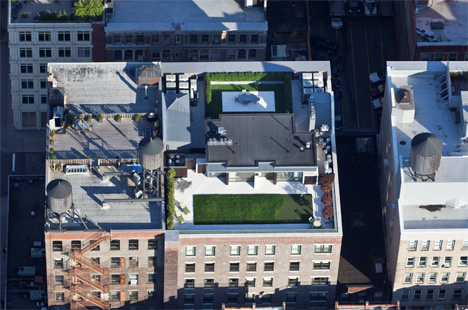
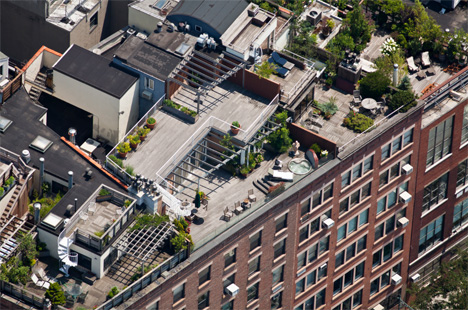
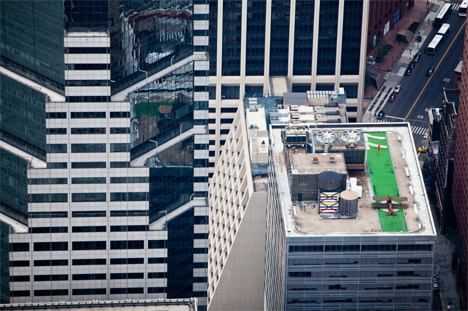
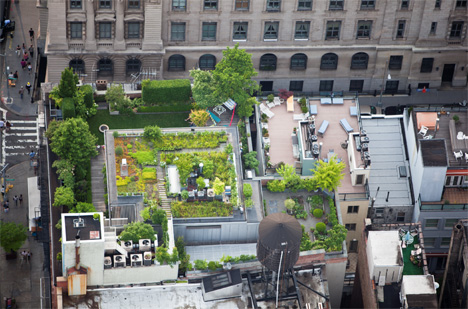
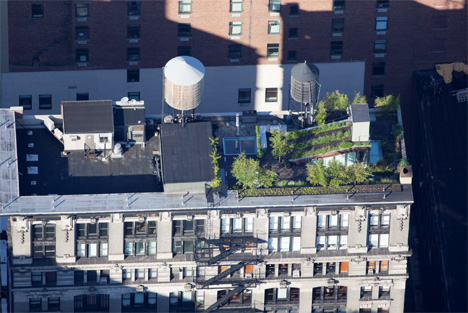
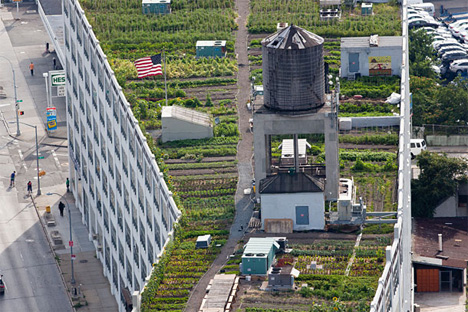
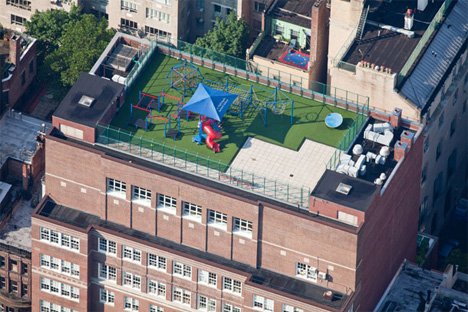


 Anagram Architects is a design consultancy firm established by Vaibhav Dimri and Madhav Raman in New Delhi in 2001. The partners are graduate architects from the School of Planning and Architecture, New Delhi. The firm’s practice is diverse and encompasses public infrastructure planning, urban design, architecture, sceneography broadcast design, furniture design and interior design
Anagram Architects is a design consultancy firm established by Vaibhav Dimri and Madhav Raman in New Delhi in 2001. The partners are graduate architects from the School of Planning and Architecture, New Delhi. The firm’s practice is diverse and encompasses public infrastructure planning, urban design, architecture, sceneography broadcast design, furniture design and interior design


